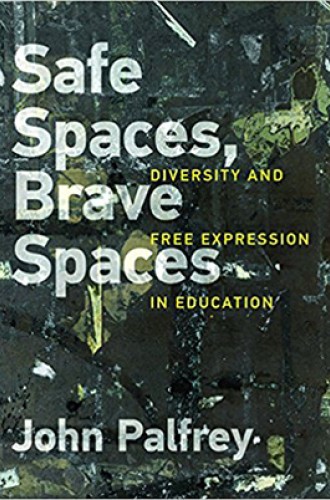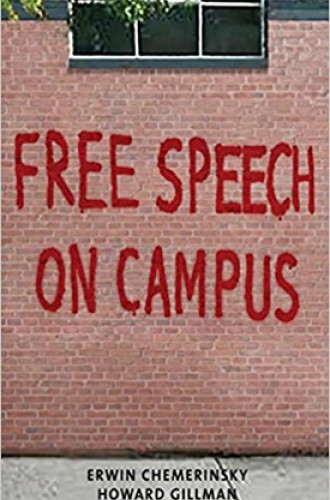When free speech in the classroom hurts
School can't simply admit students from diverse backgrounds and expect them to know how to talk to each other.
In my first year as academic dean at Andover Newton Theological School, a classroom episode spilled onto my desk. A white lesbian student had stated in class that she does not support same-sex marriage because marriage is an institution rooted in heteronormativity. An African American male student had responded that he agreed with her position for a different reason: according to his religious tradition, same-sex marriage is wrong. The first student was offended. Both students come from groups that have reason to feel vulnerable in an academic setting.
The professor handled the dispute thoughtfully. She said that Andover Newton is an open and affirming school, but we also celebrate that our students have different theological worldviews. Case closed? Not quite.
A painful debate followed. Do students who disagree with the school’s LGBTQ-affirming position have the right to say so on campus? To have to sit through delegitimizing words in class felt abusive to LGBTQ students. But to take disciplinary action against students making negative comments about LGBTQ identities could foment more anxiety than learning. During this debate, I would have found resources like Erwin Chemerinsky and Howard Gillman’s Free Speech on Campus and John Palfrey’s Safe Spaces, Brave Spaces helpful in framing my own point of view and in organizing conversations.







